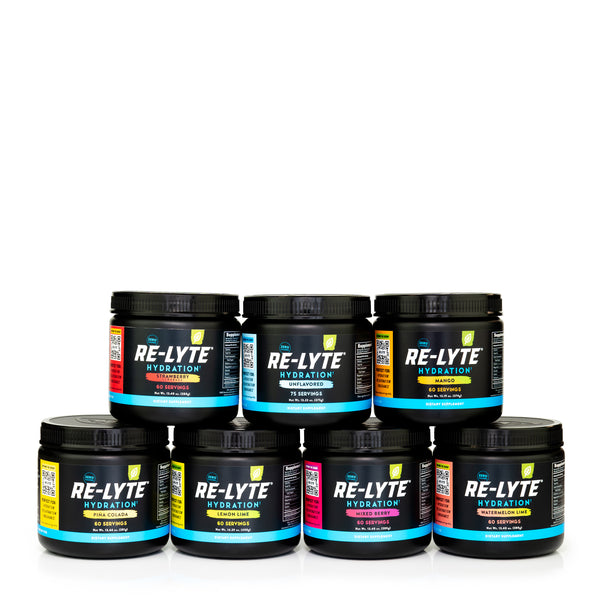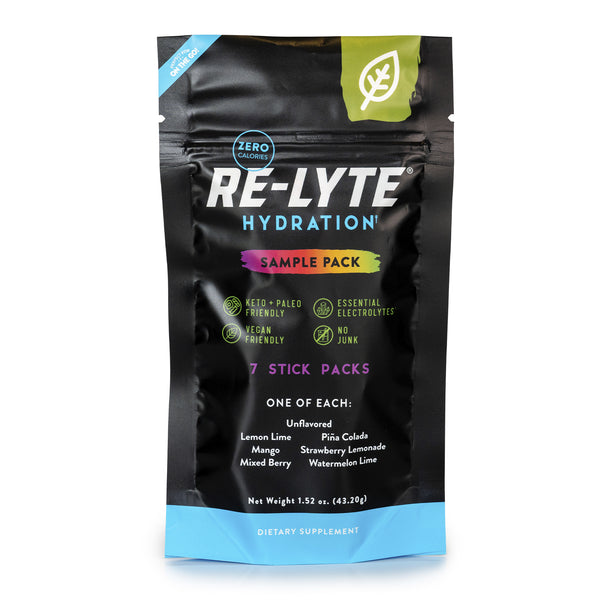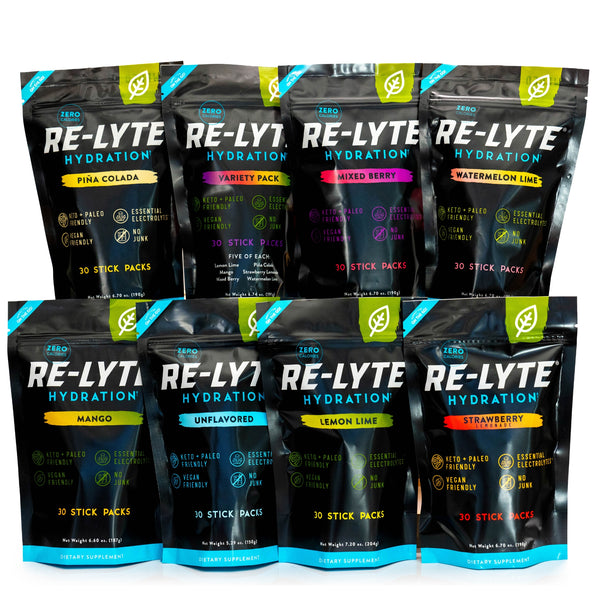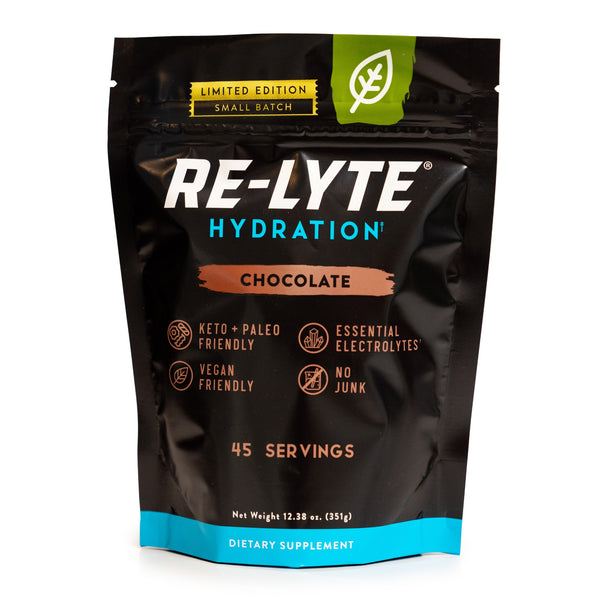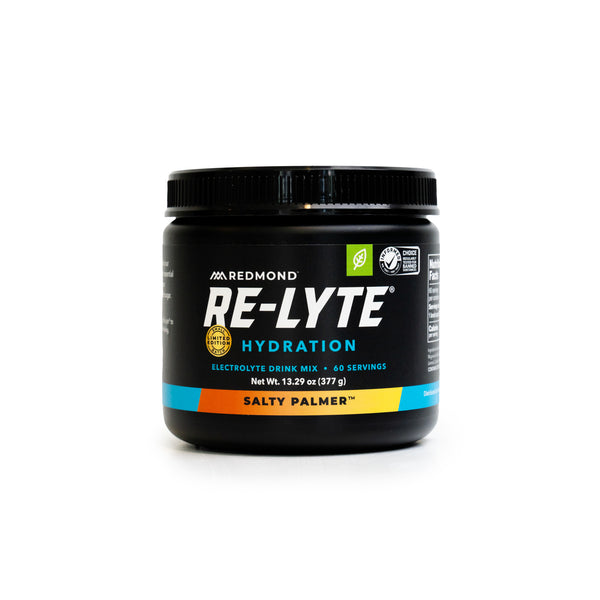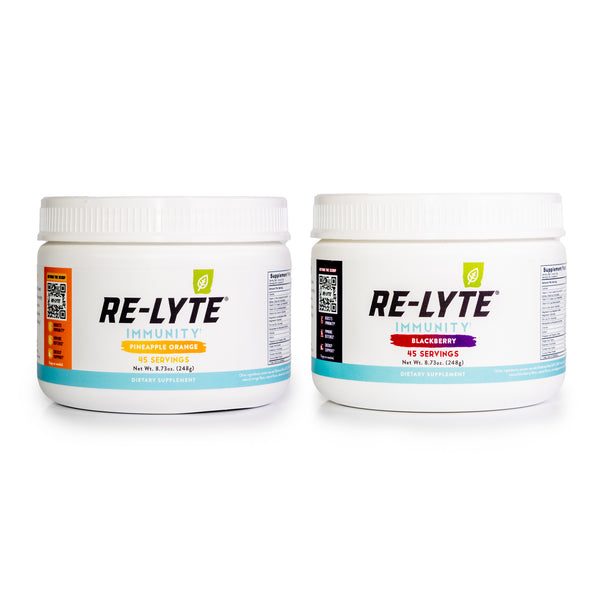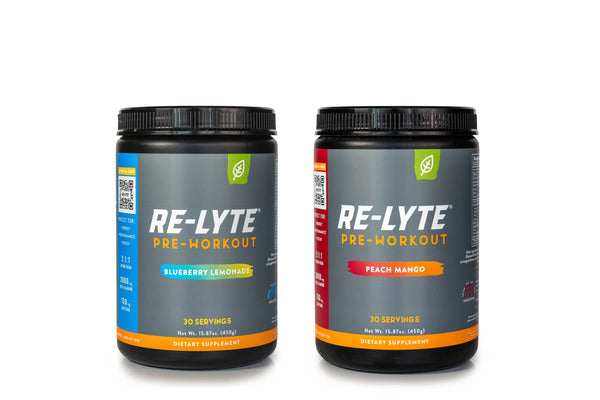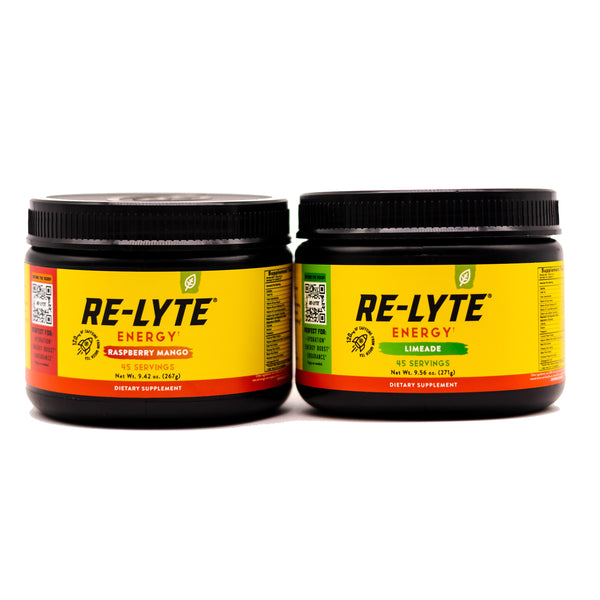Which Fasting App is Best?

Article at a Glance:
- There are scores of fasting apps; which one is best for you depends on your fasting goals and what you are looking for in a tracker.
- We tested several free fasting apps during a recent fast and picked some favorites. In our ranking, we preferred apps that had an informative tracker, were easy to use, friendly for prolonged fasts (24+ hours), had strong statistical features (we love tracking our progress!), and kept ads or subscription requests to a minimum.
- Zero was our favorite, but require a subscription to view fasting history for the past month or year.
- Fastient and myfast are the runners-up. They have tracker interfaces that were not as visually pleasing as LIFE and Zero, but allow you to view your fasting history and stats without a subscription.
- If none of these options have what you want, you can create your own tracker with a simple timer and spreadsheet. This method may not have the fancy interface of a tracking app, but it does give you full control of your own data and you can customize your tracking spreadsheet to include whatever details are of interest to you.
- We also tested 16:8 Intermittent Fasting, Simple, BodyFast, Fastic, and Fast Habit. These apps are geared toward intermittent fasting and may require playing with the settings for prolonged fasting.
Humans have been fasting for thousands of years and now that science is discovering its benefits, we’re seeing a flood of modern tools, such as fasting apps, intended to make it easier. One of the most common questions on our Redmond Fasting group is which free fasting app is best. We decided it was time to test out all the popular apps ourselves to get an idea of all the features available. Whether these features are a ‘pro’ or ‘con’ for you will depend on your personal approach to fasting and what you care about. Keep in mind that many app developers continually update or revise their features, so it is possible you will notice some differences if you use any of these apps.
Our Testing Criteria
All the apps we tried out have subscription options, but we only compared the free features. In our ranking, we preferred apps that had an informative tracker, were easy to use, friendly for prolonged fasts (24+ hours), had strong statistical features (we love tracking our progress!), and kept ads or subscription requests to a minimum.
Zero
Zero is very similar to LIFE, but has fasting plans and challenges you can try for free. It also will sync and upload data from fitness trackers you may already be using. Some people may prefer these features over LIFE’s interface and fasting circles.
Pros:
- The tracking interface is eye-friendly and similar to LIFE, but without the informative icons estimating when your body will hit the various stages of fasting.
- Easy to change your start time, end time, and fasting goal; easy to add details about prior fasts.
- Has free intermittent fasting programs (16:8, 18:6, etc.), which can help you remember when to fast and eat, especially if you are exploring multi-day intermittent fasting.
- Calendar view allows you to see prior fasts and the length of those fasts.
- Can sync with and upload data from FitBit, Apple Health, Oura, or Biosense.
- Can enter and track other health details (if you have the equipment to measure that information).
- Has informative articles (some are free; most require a Plus account).
Cons:
- Calendar view allows you to view prior fasts, but a subscription is required to view your monthly, yearly, or total fasting stats.
- Does not have as many free articles as LIFE.
- It shows you how many people are fasting, but it does not have a system for connecting you to other fasters.
Fastient
Fastient is not a fancy tracker, but keeps track of your fast, notes about your fast, and allows you to review your fasting stats with fewer requests to sign up for a paid subscription.
Pros:
- Simple tracking interface includes key information about your fast—count up, count down, goal, calorie estimate, percentage complete.
- Allows you to review your fasting stats for any date range without signing up for a paid account—total hours, longest fast, estimated calories burned, weight loss (if you add weight data).
- Easy to change your start time, end time, and fasting goal; and easy to add details about prior fasts.
- Allows you to add detailed notes about how you are feeling at any time, not just when you are fasting. For example, you can make notes of what you ate before and after the fast and how those meals may have affected your success.
Cons:
- The tracking interface is not as visually appealing as LIFE or Zero, which may not be as motivating.
- The app does not have links to articles, suggest fasting plans, or connect you with other fasters.
MyFast
myfast had our favorite statistics features, but there are downsides. The interface is not as fun or intuitive, schedule mode does not allow you to manually indicate when you start and end your fast, and the constant request to upgrade is annoying.
Pros:
- The review menu will show a list of your completed fasts, allow you to view your total fasting stats, and build a chart comparing the length of your fasts for any time period you choose.
- Simple tracking interface includes key information about your fast—count up, count down, goal, calorie estimate, percentage complete.
- Easy to change your start time and goal if you are in manual mode; easy to add prior fasts.
- Has some informative fasting articles; not as many as LIFE or Zero.
Cons:
- The opening screen invites you to upgrade, every time you open the app (close the window by touching the ‘X’ at the top left of the screen), making it easy to unintentionally sign up for a subscription if you aren’t careful. Depending on your device, it may not give you an option to close the upgrade window the first few times you open the app.
- The free version has customizable weekly fasting schedules for intermittent fasting, but if schedule mode is on, the app automatically assumes you are following the schedule and does not allow you to log a different start or end time. Turn off schedule mode in settings.
No App
If you want the simplest method, all it really takes is a clock or timer. If you are data motivated, you can create a spreadsheet with columns as simple or detailed as you want—date, fasting goal, start time, end time, actual fasting time, preparation steps, refeeding, exercise, and notes about the fast. You could also include ketones, activity, electrolyte intake, weight, or other data.
Pros:
- It’s simple; no getting lost in lots of menus or screens.
- You can customize your spreadsheet to include the data that matters to you, including how or whether a particular pre-fast or refeeding routine was helpful.
- You can find your own articles, videos, and recipes, and add links to those that are helpful to you.
Cons:
- It is more work to create your own system.
- A timer does not have the built in interface or show you fasting stages.
- The spreadsheet won’t have built in articles, recipes, a fun interface, or network of other fasters, but you can fill in the gaps by adding your own information and joining Redmond Fasting Facebook page or other group.
A Few Notes About Other Options
16:8 Intermittent Fasting is designed for intermittent fasting, but you can select a custom fast, set a start time, and end whenever you begin eating again. It doesn’t have a goal option for a 24+ hour fast, but it will continue to track your fast until you stop the timer and its tracking interface includes information about the different stages of fasting, even for prolonged fasts. It has some free articles and has achievements you can earn. It has ads that you can turn off for a one-time payment (currently $3). Turning off the ads is different from the premium subscription.
Simple and BodyFast have a few helpful articles (unlocking all articles requires paying for Premium) and built-in fasting plans available without a subscription. Both apps are designed with intermittent fasting in mind, so if you want to fast more than 24 hours at a time, you will need to select one of the plans and adjust your fasting window. If you forgot to start the tracker, Simple will let you change the start time, but BodyFast does not.
Fastic and Fast Habit are designed for intermittent fasting and do not allow you to set a goal to fast over 24 hours unless you sign up for the subscription version. Both will allow you to add prior fasts, but Fast Habit requires a subscription to see your stats from more than 10 days ago.
Summary:
A successful fast does not require the use of a fasting app but many people find that tracking time and progress on an app is an easy way to stay motivated and engaged during a fast. If you do choose to use a tracking app there are many available and we hope this article gave you a better idea of what will work best for you and your lifestyle.
For more fasting info and support join our










